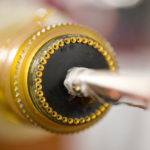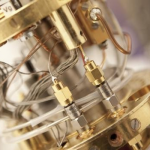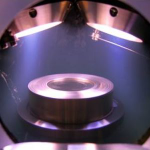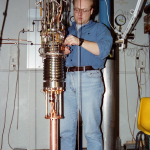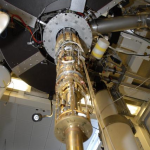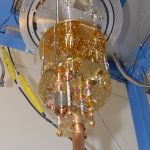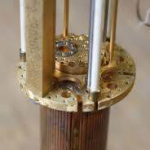

- Photon Transport in a Bose-Hubbard Chain of Superconducting Artificial Atoms
G. P. Fedorov et al., Phys. Rev. Lett. 126, 180503 (2021) - Path-Dependent Supercooling of the
He3 Superfluid A-B Transition
Dmytro Lotnyk et al., Phys. Rev. Lett. 126, 215301 (2021) - Superconductivity in an extreme strange metal
D. H. Nguyen et al., Nat Commun 12, 4341 (2021) - High-Q Silicon Nitride Drum Resonators Strongly Coupled to Gates
Xin Zhou et al., Nano Lett. 21, 5738-5744 (2021) - Measurement of the 229Th isomer energy with a magnetic micro-calorimeter
T. Sikorsky et al., Phys. Rev. Lett. 125 (2020) 142503
Low-symmetry nanowire cross-sections for enhanced Dresselhaus spin-orbit interaction
Miguel J. Carballido, Christoph Kloeffel, Dominik M. Zumbühl, Daniel LossWe study theoretically the spin-orbit interaction of low-energy electrons in semiconducting nanowires with a zinc-blende lattice. The effective Dresselhaus term is derived for various growth directions, including <11(-2)>-oriented nanowires. While a specific configuration exists where the Dresselhaus spin-orbit coupling is suppressed even at confinement potentials of low symmetry, many configurations allow for a strong Dresselhaus coupling. In particular, we discuss qualitative and quantitative results for nanowire cross-sections modeled after sectors of rings or circles. The parameter dependence is analyzed in detail, enabling predictions for a large variety of setups. For example, we gain insight into the spin-orbit coupling in recently fabricated GaAs-InAs nanomembrane-nanowire structures. By combining the effective Dresselhaus and Rashba terms, we find that such structures are promising platforms for applications where an electrically controllable spin-orbit interaction is needed. If the nanowire cross-section is scaled down and InAs replaced by InSb, remarkably high Dresselhaus-based spin-orbit energies of the order of millielectronvolt are expected. A Rashba term that is similar to the effective Dresselhaus term can be induced via electric gates, providing means to switch the spin-orbit interaction on and off. By varying the central angle of the circular sector, we find, among other things, that particularly strong Dresselhaus couplings are possible when nanowire cross-sections resemble half-disks.
Phys. Rev. B 103, 195444 (2021)
doi: 10.1103/PhysRevB.103.195444
arxiv: https://arxiv.org/abs/1910.00562
